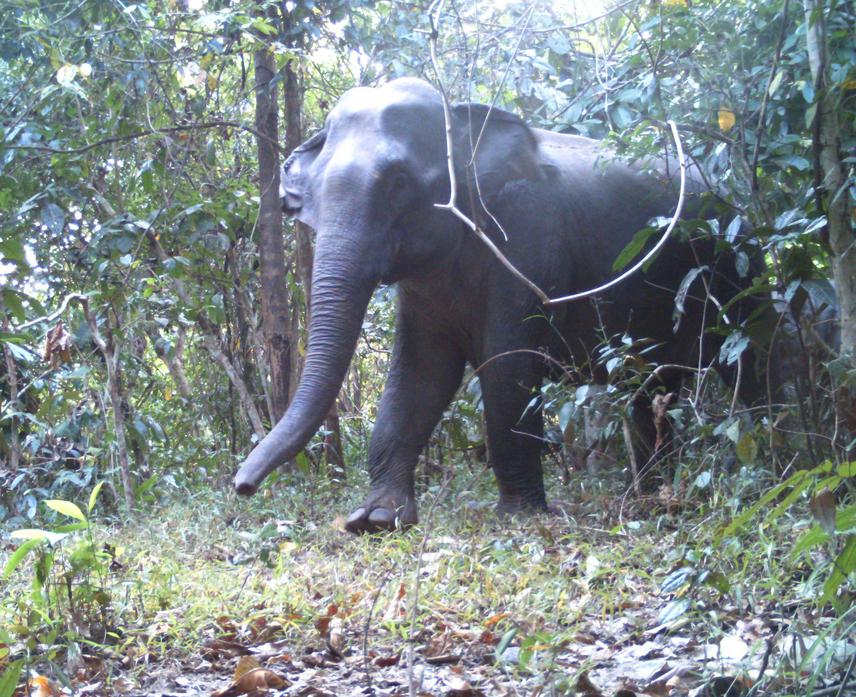Bep Tshering
The project is aimed at creating awareness, assessing community perception and identifying community-based approach in addressing human-elephant conflict and fostering coexistence.

Asiatic elephant is an important component in the Himalayas’ biodiversity facing risk of extinction from its’ natural habitat. It is listed as Endangered (IUCN, 2008). Bhutan has 250-500 elephant population estimated by the IUCN. It was found that most of the existing elephant populations are found along the border with India.
The greatest threat to Asiatic elephant is habitat loss and fragmentation. Humans have cleared large areas of forest and have rapidly occupied forest valleys encroaching into the elephant habitats and as a result elephants have been pushed into the less suitable forest conditions. These less accessible habitats are being assaulted by the cross border illegal poachers and loggers resulting to rampant human-elephant conflict across the fringe communities.
The best practice in Human Elephant Conflict (HEC) mitigation advocates the need to empower local communities and encourage them to take responsibility for preventive action. At the same time addressing human-elephant conflict is very critical in saving the elephant population and to improve the livelihood of fringe communities as well.
HEC have become unavoidable issues resulting to national concern. Due to the frequent conflict between the human and the wild elephant, it has led to social dilemma, where communities are confused whether to continue supporting protection and conservation policies. Thus, the project aims to educate the fringe communities on habitat management and to improvise farming system that can minimize conflict with elephants.
Taking into account the role of the communities in long term conservation and protection of this endangered animal, there are needs to make people aware about the importance on the ecological values of this flagship species. The community awareness and their participation in elephant conservation are keys to avoiding HEC in future and foster coexistence.
This project is aimed at initiating a common understanding, creating awareness, assessing community perception and identifying community-based approach in addressing human elephant conflict through extensive interaction with the people dwelling at fringe communities. These objectives will be fulfilled through, several strata of meetings, workshops and collecting views in the form of survey assessment. It will be supplemented by hands on training, presentations with use of posters and brochures distribution. In this way, the project will have long lasting impact in HEC mitigation and fostering human-elephant coexistence in the long run.